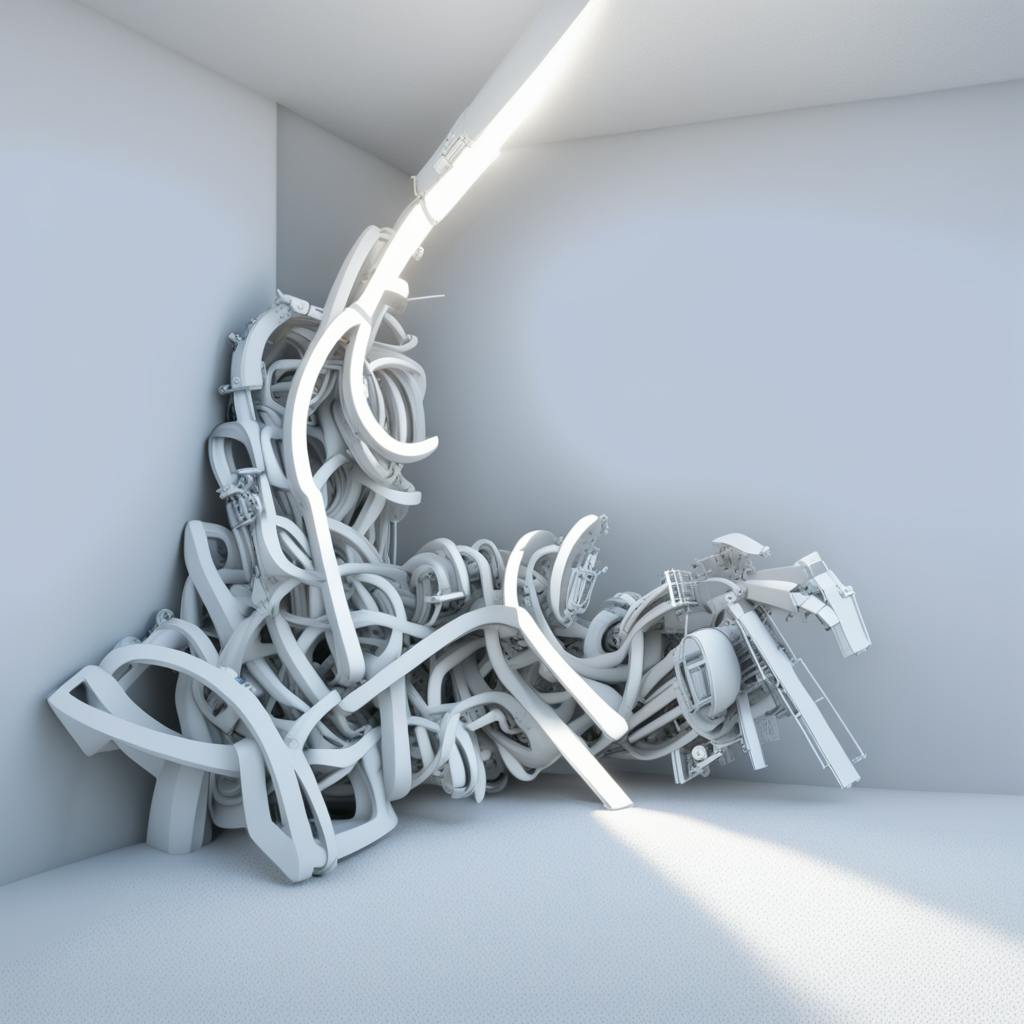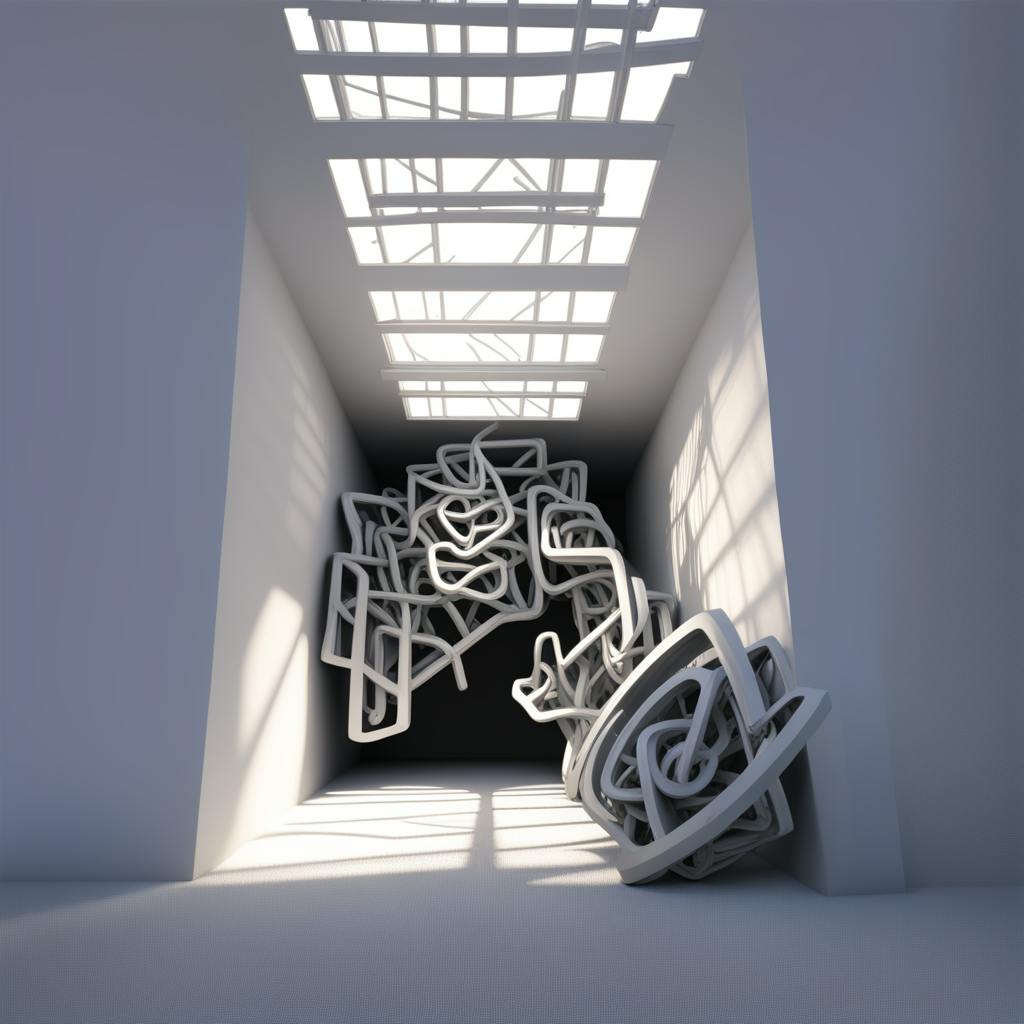Graphic design is an ever-evolving art form, where creativity and technical skills converge to create visually compelling works of art. At the heart of this creativity lies the foundation of design itself: lines. One fundamental aspect within this spectrum is the concept of "line segment path graphic design." This technique, while seemingly basic, holds the power to transform the ordinary into the extraordinary by allowing designers to craft intricate patterns, guidance paths, and visual hierarchies with precision and flair.
Understanding of Line Segment Path Graphic Design
In graphic design, a line segment path defines the path between two distinct points—an endpoint and a start point. This simple yet versatile tool forms the building blocks of more complex shapes and structures, acting as a precursor to curvilinear forms and digital illustrations. Utilizing line segment paths in graphic design allows artists to explore a multitude of creative possibilities while maintaining clear compositional balance and design aesthetics. By understanding its fundamental properties, designers can harness the power of line segment paths to add a fresh dynamic to their projects.
Explanation of Its Applications
Enhancing Visual Hierarchy
Line segment paths guide the viewer's eye, creating visual paths that facilitate intuitive navigation through a design. For instance, strategically placing line paths can lead the audience from a headline to an important call-to-action, ensuring the intended message is easily absorbed.
Versatile Pattern Creation
Designers can arrange line segments in repetitive sequences to produce intricate patterns and textures. These patterns bring depth to a design and can be used in backgrounds, borders, or as standalone visual elements to draw attention.

AI made with Dozerek
Framework for Complex Illustrations
Line segments serve as the skeleton on which complex vector illustrations and iconography are built. Mastery of line segment paths is essential in ensuring precision in technical illustrations or modern logos, providing the necessary framework for creative endeavors.
Reasons to Integrate Line Segment Paths
Embracing line segment path graphic design opens up a world of creative potential. It enables designers to:
- Express Emotion Through Simplicity: Lines can evoke emotions such as movement, calmness, or tension depending on their orientation and thickness.
- Achieve Precision and Scalability: Unlike raster graphics, vector line paths maintain clarity and integrity regardless of scale and resolution.
- Experiment Flexibly: Being facile in nature, line segment paths are conducive to quick experimentation without the permanence of other design elements.
Advice for Implementation
While the applications of line segment path graphic design may seem straightforward, leveraging it effectively requires a thoughtful approach. Here are a few expert tips:
- Start Simple: Begin with basic shapes and gradually refine them into more elaborate designs.
- Understand the Tools: Whether using Adobe Illustrator or another vector design software, familiarize yourself with the path and pen tools to control line segments precisely.
- Practice Regularly: Regular practice enhances skill development and leads to the discovery of new techniques and styles.
Frequently Asked Questions
Can line segment paths be animated?
Yes, line segment paths can be animated to create engaging motion graphics, often used in videos and interactive media.
How do line segment paths differ from pathways or outlines?
Line segment paths are typically straight and form the shortest connection between two points, whereas pathways can include curves and outlines often define the exterior edges of a shape.
FAQ: Line Segment Path in Graphic Design
What is a line segment path in graphic design, and how is it used to unlock creativity?
A line segment path in graphic design refers to a continuous series of connected line segments that can be manipulated to create various shapes, patterns, and elements within a design project. In vector-based design software like Adobe Illustrator or CorelDRAW, paths are defined by anchor points connected by lines, which can be either straight or curved. These paths can form the basis for simple drawings or complex illustrations.
By using line segment paths, designers can unlock creativity in several ways:
- Flexibility and Precision: Line segment paths allow for precise control over every point, curve, and angle in a design, enabling designers to create intricate and detailed illustrations.
- Adaptability: Paths can be easily edited, resized, and adapted to suit different applications or mediums without losing quality, which is crucial in maintaining branding consistency.
- Combining Shapes: Designers can combine multiple paths to form complex shapes, mosaics, or patterns. This capability encourages experimentation with different motifs and designs.
Can using line segment paths significantly enhance a design project's visual appeal?
Yes, using line segment paths can greatly enhance a design project's visual appeal by:
- Creating Clean and Clear Designs: Paths facilitate the creation of sleek, sharp, and precise designs that are aesthetically pleasing and professional.
- Facilitating Unique Style Development: Designers can use line segments to develop custom styles, such as unique typography, icons, or graphic elements that stand out and enhance visual storytelling.
- Enabling Versatile Applications: From logos to intricate illustration details, line segment paths provide the versatility needed to add visual interest across a wide range of applications.
- Supporting Dynamic Compositions: By varying line weights, dashed lines, and strokes, designers can introduce rhythm and dynamism into their work, drawing attention and guiding viewers' eyes across the composition.

AI made with Dozerek
How can one master the use of line segment paths in graphic design?
Mastering line segment paths involves a combination of technical skills and creative exploration:
- Learning and Practicing Tools: Familiarize yourself with the tools available in your graphic design software for manipulating paths, such as the Pen Tool, Direct Selection Tool, and Pathfinder Tool. Practice creating and editing paths to gain confidence.
- Studying Line Theory and Techniques: Explore concepts related to line theory, such as line weight, texture, and direction. Understanding these principles can help you make more intentional design choices and experiment with different styles.
- Experimenting with Styles and Effects: Try applying different effects to paths, such as gradients, patterns, and strokes, to see how they transform your design. Experimentation is key to finding your unique style.
- Seeking Inspiration: Analyze works by other designers to understand how they use line segments effectively. Assume a critique mindset and try recreating some design elements to understand the thought process behind them.
- Feedback and Iteration: Regularly seek feedback from peers or mentors and use it to iterate on your designs. Constructive criticism helps identify areas for improvement and inspires new approaches.
In what ways can the utilization of line segments enhance creativity in my graphic design work?
Utilizing line segments enhances creativity in multiple ways:
- Encouraging Exploration: Line segments offer endless possibilities in terms of shape and form, encouraging designers to explore new layouts, patterns, and styles.
- Facilitating Problem-Solving: By manipulating line segments, designers can find solutions to visual problems, such as creating the illusion of depth, motion, or texture.
- Pushing Boundaries: Working with line segments allows designers to merge traditional design techniques with digital innovation, pushing the boundaries of what is visually possible.
- Nurturing Original Ideas: The ability to craft original shapes and compositions from scratch fosters creativity by allowing designers to develop their visual language rather than relying on pre-made assets.
Conclusion
Line segment path graphic design is not just an introductory tenet within graphic artistry but a profound method of channeling creativity and precision. By expanding possibilities through visual hierarchy, pattern creation, and structured illustrations, designers can breathe new life into their work. Whether you're a seasoned designer or just starting, understanding and embracing the capabilities of line segment paths can significantly enhance your creative output, unlocking boundless potential in your design ventures.

